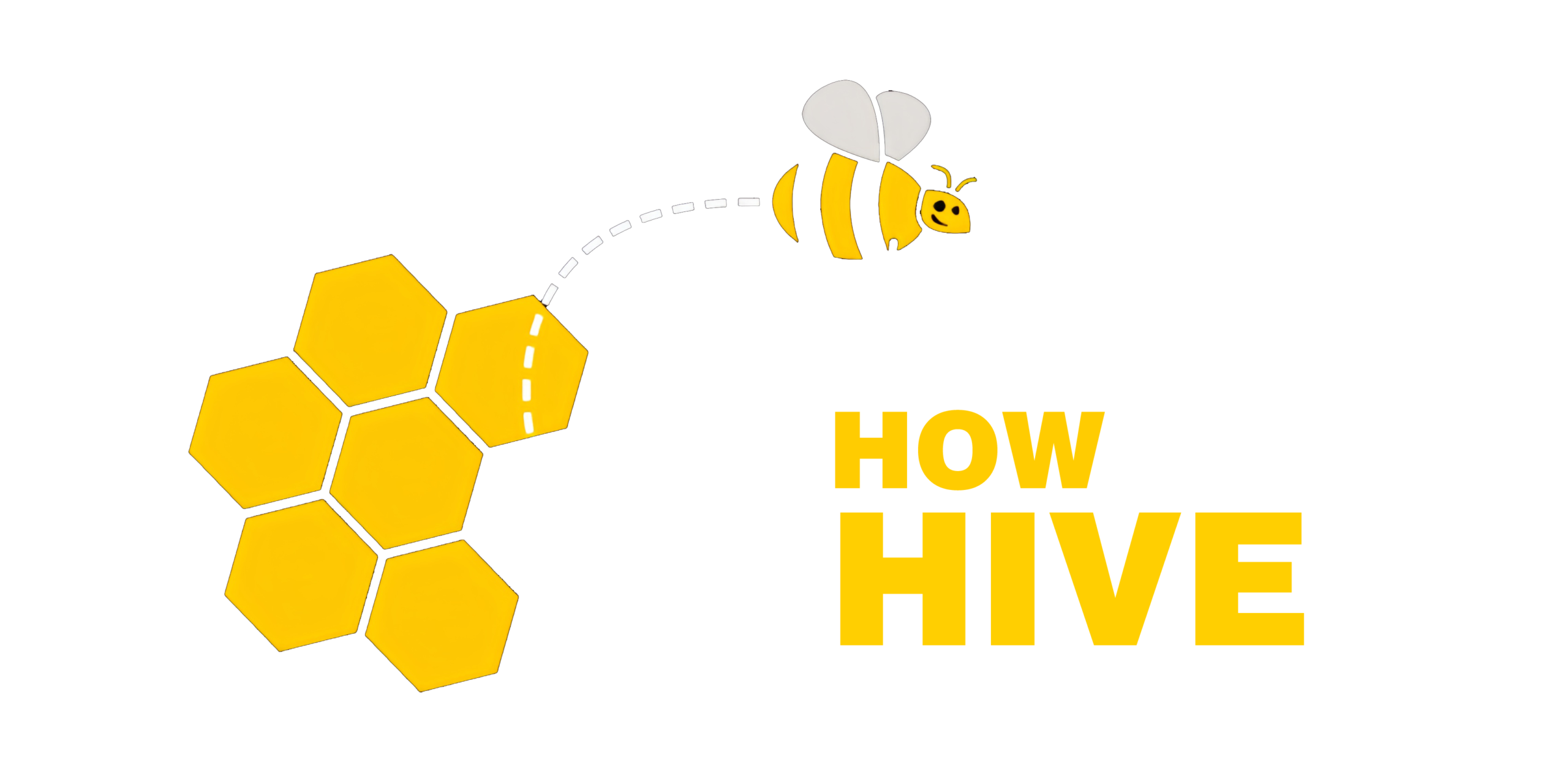Finding clever ways to organize your bathroom doesn’t have to cost a lot. In fact, you can create stylish and practical storage solutions using everyday trash items that would otherwise end up in a landfill. In this article, we’ll explore how to transform common waste materials into creative bathroom storage, helping you save money and reduce environmental impact.
Using trash items for bathroom storage is not only an eco-friendly practice but also a great opportunity to personalize your space. With a little creativity and some basic tools, you can repurpose tins, jars, cardboard, and other discarded materials into smart and functional organizers.
Why Use Trash Items for Bathroom Storage?
There are several benefits to using discarded materials for storage purposes:
- Eco-Friendly: Reduces waste and promotes recycling.
- Cost-Effective: Eliminates the need to buy new containers or organizers.
- Creative and Unique: Each piece becomes a custom-made addition to your bathroom.
- Easy to Make: Most solutions require minimal crafting skills and tools.
Let’s look at practical and attractive storage ideas using trash items.
1. Tin Can Toiletry Holders
What You’ll Need:
- Empty tin cans (e.g., from beans or soup)
- Sandpaper
- Paint (optional)
- Screws and a screwdriver
Step-by-Step Instructions:
- Clean and dry the cans thoroughly.
- Use sandpaper to smooth any sharp edges.
- Paint the cans for a decorative touch if desired.
- Screw the cans directly onto the wall or a piece of recycled wood.
- Fill with toothbrushes, combs, or makeup brushes.
Tip: Use cans of different sizes for a dynamic, tiered effect.
2. Mason Jar Cotton Ball Jars
Materials Needed:
- Mason jars or any glass jars with lids
- Decorative labels or string
- Small wall hooks (if mounting)
Instructions:
- Remove labels and clean the jars.
- Fill with cotton balls, Q-tips, or bath salts.
- Label the jars or decorate with twine.
- Mount on the wall or place on a shelf.
This is a great way to upcycle old jars and keep your essentials neatly in place.
3. Cardboard Drawer Dividers
Supplies:
- Cardboard from cereal boxes or packaging
- Scissors and ruler
- Glue or tape
- Decorative paper (optional)
How to Make:
- Measure your drawer and cut cardboard strips to fit.
- Assemble the strips into a grid or slots based on your needs.
- Glue or tape the pieces together.
- Cover with decorative paper if desired.
Now your bathroom drawers will stay organized without spending a dime.
4. Plastic Bottle Wall Racks
Needed Items:
- 2-liter plastic bottles
- Scissors
- Push pins or screws
- Paint or fabric (optional)
Steps:
- Cut the bottles in half or along the side to create open holders.
- Paint or wrap in fabric for a polished look.
- Pin or screw the containers to the wall.
- Store rolled-up towels, hair tools, or extra toilet paper.
5. Shoe Box Shelves
Shoe boxes can double as mini wall-mounted shelves.
Instructions:
- Wrap boxes in decorative paper.
- Reinforce with cardboard or glue for durability.
- Mount with wall-safe adhesive or nails.
- Use to hold lotions, soaps, or bath accessories.
It’s a lightweight, flexible option for renters or small spaces.

Conclusion: Get Creative and Get Organized
Repurposing trash into bathroom storage solutions doesn’t just save money—it brings character and sustainability into your home. Whether you’re hanging up a tin can rack or slotting cotton pads into a recycled jar, you’re contributing to a greener lifestyle and a more organized bathroom.
Save this guide for your next weekend project and share it with a friend who loves DIY!
FAQ
What trash items are best for bathroom storage?
Clean, dry items such as tin cans, glass jars, plastic bottles, and sturdy cardboard work best. Avoid anything that may degrade with moisture.
Can I waterproof cardboard organizers?
Yes. You can apply a clear waterproof sealant or cover the cardboard in contact paper or plastic wrap for durability.
How do I hang lightweight organizers without damaging the wall?
Use adhesive hooks, Velcro strips, or command strips designed for wall use. They provide strong support and are easy to remove.
Written by Kate Smith | Plant Care Enthusiast & Urban Gardener
